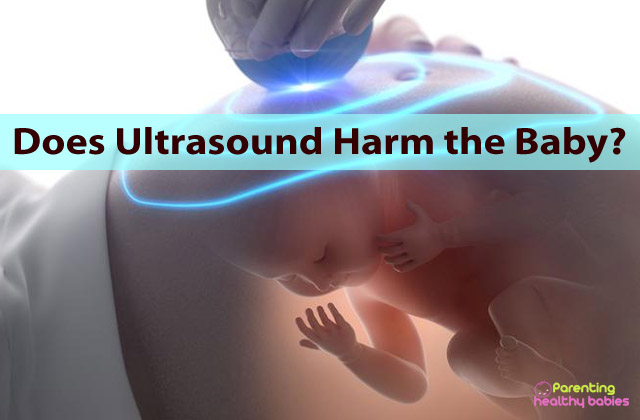In pregnancy, every day makes for a new and mystifying adventure. As our bodies do the work of creating precious life, we may become uneasy or overwhelmed at times. So it’s up to us to take care of ourselves, and do what makes us feel good and indirectly produce healthy babies. There are various techniques for us to know that our baby are safe and physically fit. You might even be recommended to take an ultrasound scan by your gynecologist.
Ultrasound (also called sonogram) is a prenatal test offered to most pregnant women. It uses sound waves to show a picture of your baby in the womb. Ultrasound helps your health care provider check on your baby’s health and development. Also, good news ladies ultrasound can be a special part of pregnancy—it’s the first time you get to “see” your baby!
Depending on when it’s done and your baby’s position, you may be able to see his hands, legs and other body parts. Most women get an ultrasound in their second trimester at 16 to 20 weeks of pregnancy. Some also get a first-trimester ultrasound (also called an early ultrasound) before 14 weeks of pregnancy. Talk to your provider about when an ultrasound is right for you.
Risks And Benefits of Ultrasound During Pregnancy
Your provider uses ultrasound to do several things, including:
- To confirm you’re pregnant
- To check your baby’s age and growth. This helps your provider figure out your due date.
- To check your baby’s heartbeat, muscle tone, movement and overall development
- To see if you’re pregnant with twins, triplets or more (also called multiples)
- To screen for birth defects, like heart defects. Screening means seeing if your baby is more likely than others to have a health condition; it doesn’t mean finding out for sure if your baby has the condition. Birth defects are health conditions that a baby has at birth. Birth defects change the shape or function of one or more parts of the body. They can cause problems in overall health, in how the body develops, or in how the body works.
- To examine your ovaries and uterus (womb) for any critical conditions
- To check for pregnancy complications, including ectopic pregnancy, molar pregnancy and miscarriage.
Types of scans
3D and 4D scans are usually only available in private clinics. 3D ultrasound converts sections of 2D images into a 3D picture. So the power intensity is the same as it is for 2D scanning over a few seconds. 4D ultrasound provides moving images as a video and has a higher power output than 2D ultrasound. Therefore, doctors advise against having a 4D scan in the first half of your pregnancy. That’s because in the earlier weeks your baby is smaller and less active, meaning the heat from a more powerful scan will be less easy to spread around.
Are ultrasounds safe?
There’s no evidence that scans are harmful if used according to the guidelines. Ultrasound scans have been used in pregnancy for decades. The person carrying out the scans (sonographer) will follow all the right guidelines to ensure that you and your baby are safe. So no, having an ultrasound won’t affect your baby. Ultrasound sends sound waves through your womb (uterus), which bounce off your baby’s body. The echoes are turned into an image on a screen, so your sonographer can see your baby’s position and movements. The frequency or length of the sound waves depends on how far along your pregnancy is and the type of scan being carried out. Studies have found no link between ultrasound and birth weight, childhood cancers, dyslexia, or problems with eyesight or hearing. Almost all women want a scan during pregnancy, so it’s hard to find women who haven’t had one to make a comparison. That in itself may reassure you.
During an ultrasound scan, the equipment generates a small amount of heat which is absorbed by the part of the body that’s being scanned. Antenatal scans produce less than one degree Centigrade. This means they’re fine for you and your baby. It’s only if the temperature of the scanned body tissue rises by four degrees C that harm may be caused. The most routine type of scanning is used to get 2D pictures of your baby. This uses a low intensity of ultrasound spread over a large area, which causes very minimal heating. What’s more, the fluid around your baby and any movements she may help to spread any heat. This may help to reassure you further.
